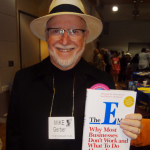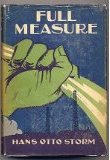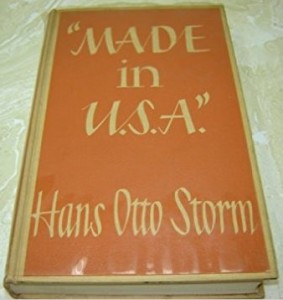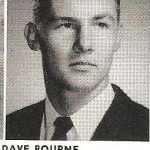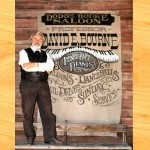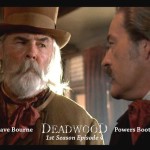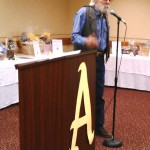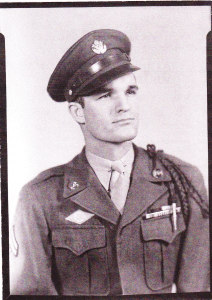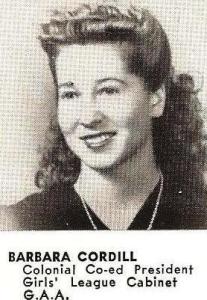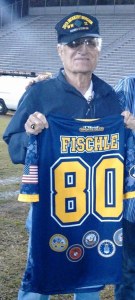
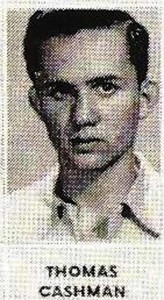 Thomas J. Cashman Sr. served his country in the US Air Force and became a Morse Code instructor.
Thomas J. Cashman Sr. served his country in the US Air Force and became a Morse Code instructor.
He continued his education at CSU Los Angeles, where he majored in Education and Computer Science, paving his way to becoming a teacher and renowned author in the computer field.
He established one of the first business data processing programs in the nation at Long Beach City College, where he taught computer science for 33 years and served as department head. His first book on computer science was published by his own company. He later wrote for Thompson International Publishing of Toronto, Boston and London.
In 1969, he began collaborating with now best-selling author, Gary Shelly, to write more t han 100 books on computer science that have sold over 20 million copies. His topics included Microsoft products, web design, business data communications, computer fundamentals and more.
han 100 books on computer science that have sold over 20 million copies. His topics included Microsoft products, web design, business data communications, computer fundamentals and more.
